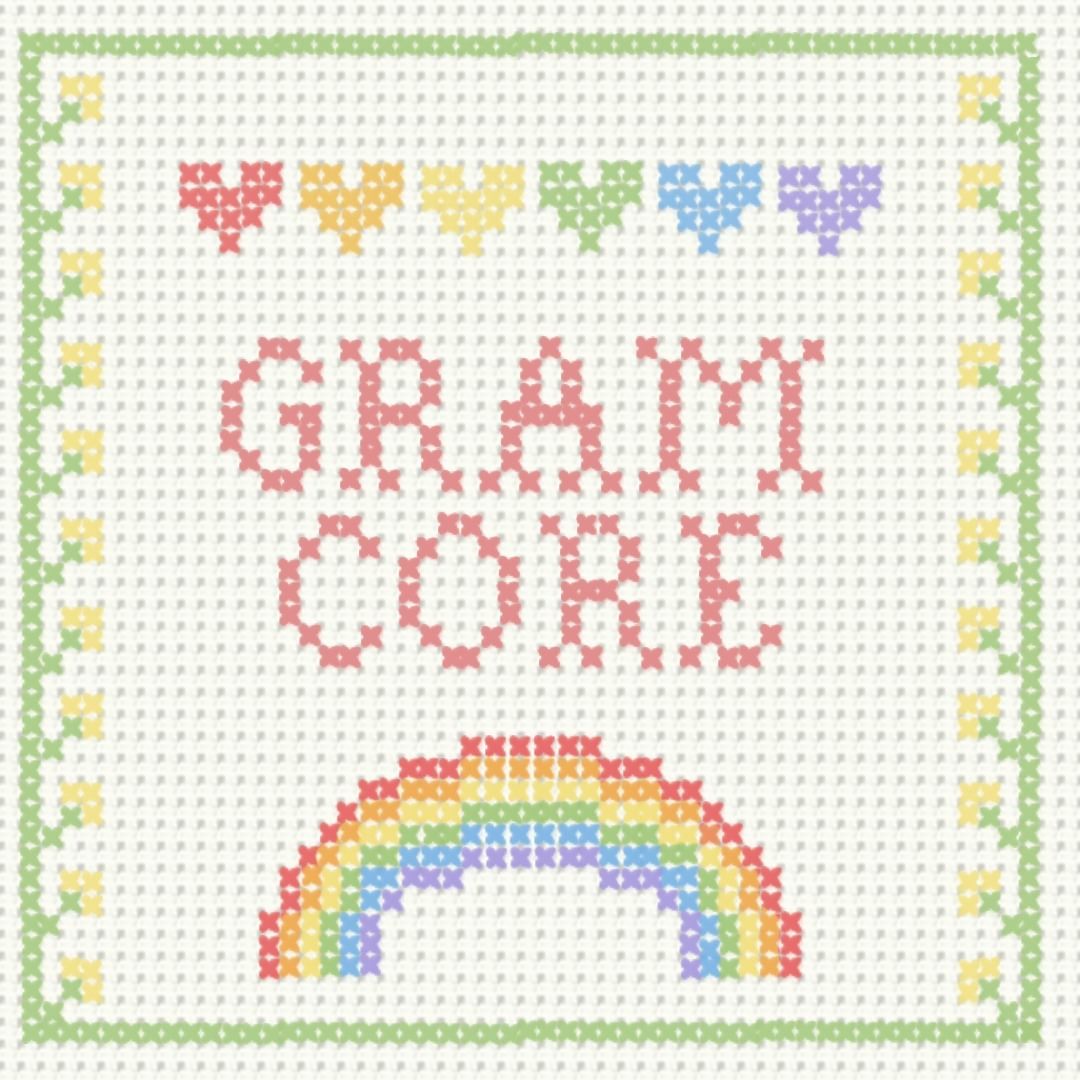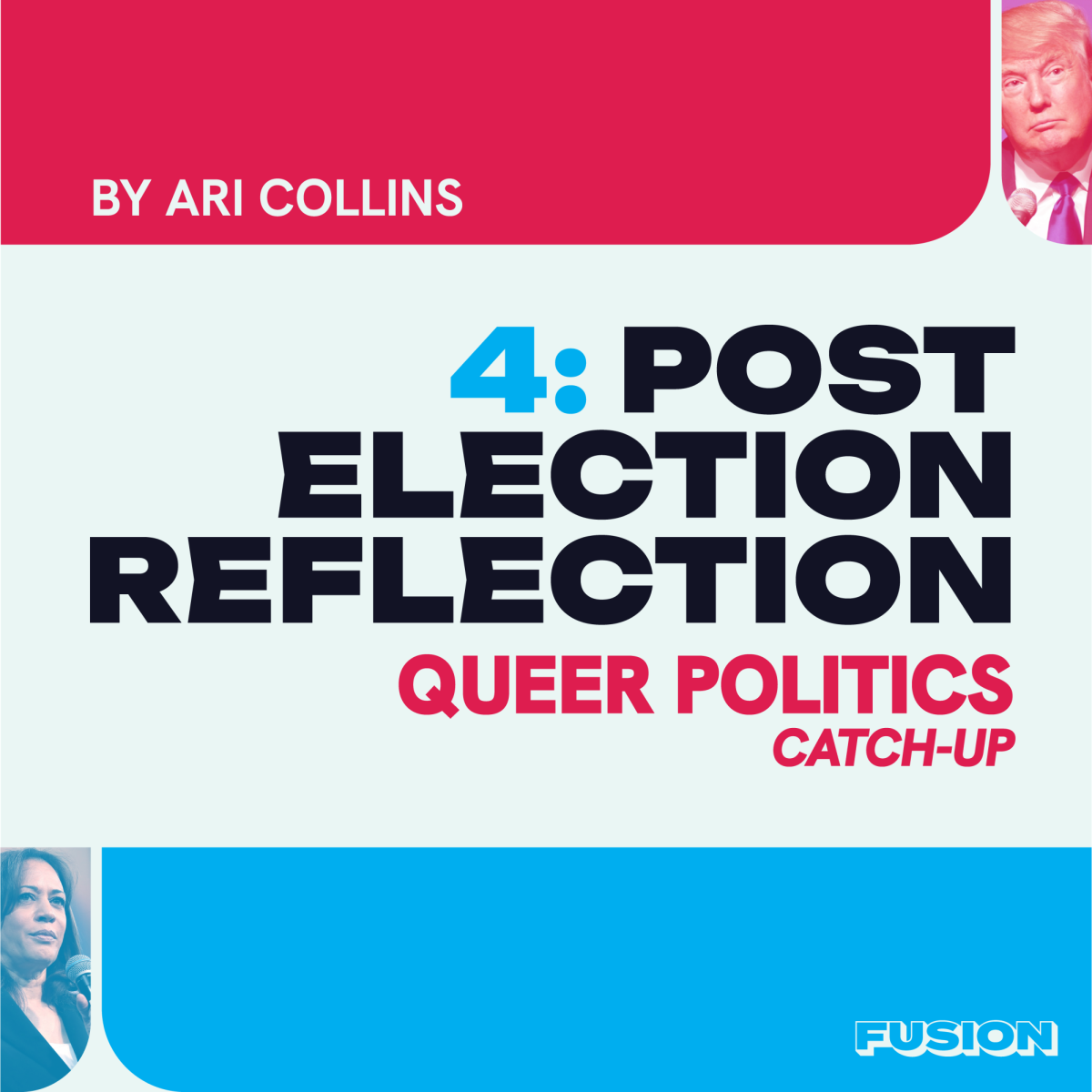
Chest binding is an accessible way for people to flatten their chests and overcome body dysmorphia. Body dysmorphic disorder, as defined by the Mayo Clinic, is a condition in which a person focuses on a specific flaw in their appearance and cannot stop thinking about it. Binders can be helpful in making people feel more confident in their gender identity. It’s important to understand the risks and benefits of binding before making the decision to purchase one.
Sergio Roper, a sophomore psychology major at Kent State, shares their story of getting their first binder. “I remember looking at that GC2B black, basic binder and feeling like I had been handed a key. I wore it for the rest of the day, shoulders back, chin up.”

Although wearing a binder can be freeing, they constrict your chest, so it is important to take breaks and stretch every once in a while. As affirming and exciting as binders can be, safety is important to keep in mind.
Julien Proffitt, a sophomore fashion design major at Kent State, explains that he did not always bind safely. “I used to bind secretly and dangerously with multiple sports bras or using shipping tape on my chest,” Proffitt explains. “Wear it for a couple hours at a time when you’re going out and wade into longer durations.”
Aron Pogrebinsky, a Kent State alumni, encourages those considering wearing a binder to do their research, as there are many different styles of binding. Their main piece of advice is to “definitely make sure you’re being safe in any way you bind and make sure to take breaks sometimes.”
Roper adds on his own advice, “there’s this idea that binders are an everyday thing and only for trans-men and trans-masculine [people]. Binders are for everyone!”




































